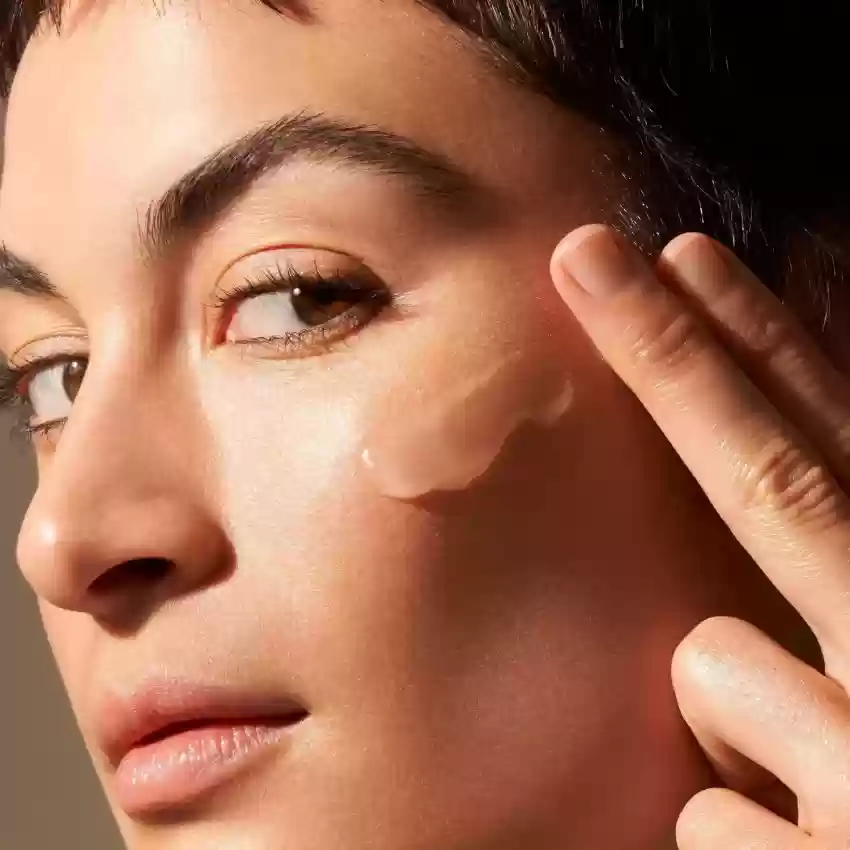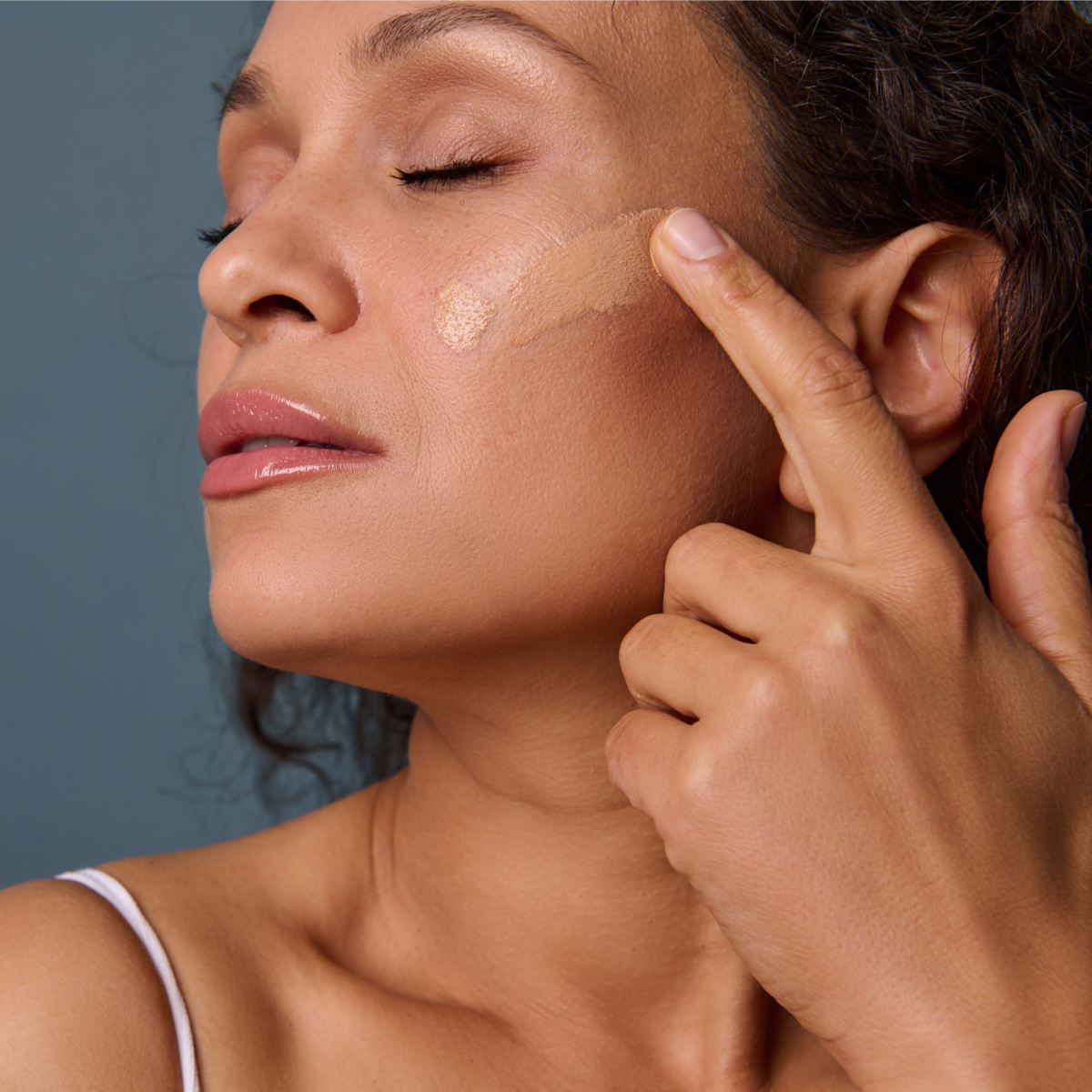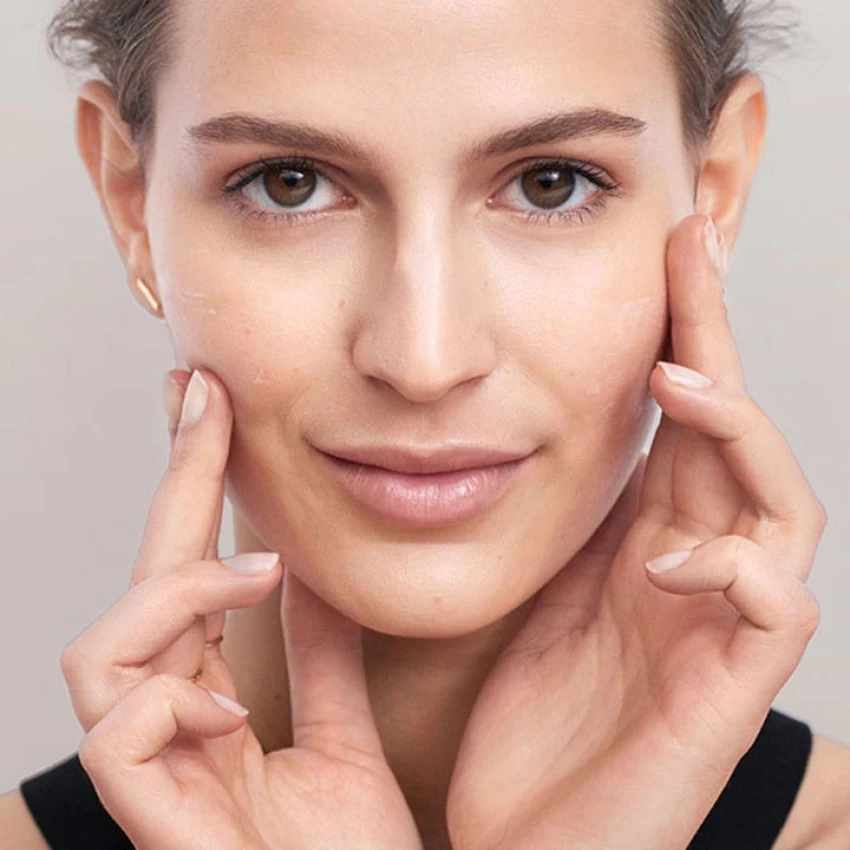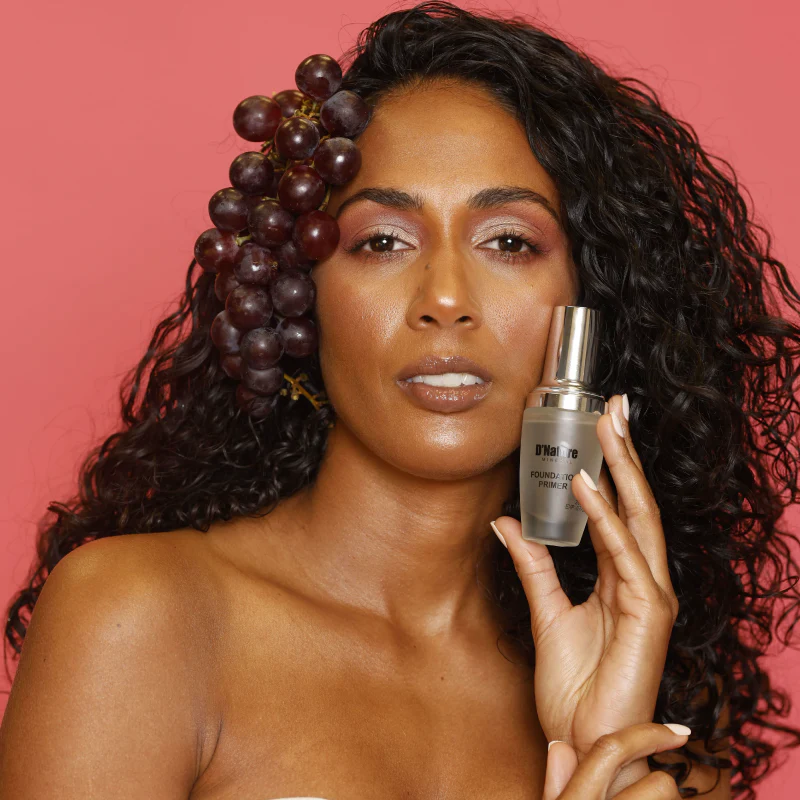
Best Makeup Primer for Dry Skin
Understanding Dry Skin and Its Makeup Challenges
Dry skin presents unique challenges when it comes to makeup application. Characterized by a lack of moisture, dry skin often feels tight, appears flaky, and can make foundation look patchy or accentuate fine lines. These issues stem from insufficient natural oils and a compromised skin barrier. When applying makeup to dry skin, products tend to cling to dry patches, creating an uneven appearance. Foundation can settle into fine lines, making them more noticeable. Additionally, makeup on dry skin often doesn’t last as long, as the skin absorbs moisture from the products, causing them to fade or break apart throughout the day. Understanding these challenges is crucial in selecting the right primer to create a smooth, hydrated base for flawless makeup application.
The Role of Primers in Addressing Dry Skin Concerns
Primers play a vital role in preparing dry skin for makeup application. A good primer for dry skin serves multiple purposes: it hydrates the skin, creates a smooth surface, and helps makeup adhere better and last longer. Hydrating primers infuse the skin with moisture, plumping up dry areas and minimizing the appearance of fine lines. They create a barrier between the skin and makeup, preventing the skin from absorbing too much moisture from foundation and other products. This barrier also helps to lock in the skin’s natural moisture. By filling in fine lines and smoothing out rough texture, primers ensure that foundation glides on evenly without clinging to dry patches. The right primer can transform dry, dull skin into a radiant, smooth canvas ready for flawless makeup application.
Key Ingredients to Look for in Dry Skin Primers
When choosing a primer for dry skin, certain ingredients stand out for their hydrating and nourishing properties. Hyaluronic acid is a powerhouse ingredient that can hold up to 1000 times its weight in water, providing intense hydration. Glycerin, another humectant, draws moisture to the skin and helps retain it. Look for primers containing nourishing oils like jojoba, argan, or squalane, which mimic the skin’s natural oils and provide lasting hydration without clogging pores. Vitamin E is an antioxidant that protects the skin while also providing moisturizing benefits. Ceramides help to strengthen the skin barrier, reducing moisture loss. Primers with light-reflecting particles can give dry skin a healthy, luminous glow. By understanding these key ingredients, those with dry skin can choose primers that not only prepare the skin for makeup but also improve its overall health and appearance.
Top Picks for Hydrating Makeup Primers
Several standout primers cater specifically to the needs of dry skin. The Too Faced Hangover Replenishing Face Primer, infused with coconut water, provides intense hydration while creating a smooth base for makeup. For those seeking a luminous finish, the Becca Backlight Priming Filter imparts a subtle, radiant glow while hydrating the skin. The Bobbi Brown Vitamin Enriched Face Base doubles as a moisturizer and primer, packed with shea butter and vitamins to nourish dry skin. Smashbox Photo Finish Primerizer combines the benefits of a moisturizer and primer, featuring hyaluronic acid for long-lasting hydration. For a budget-friendly option, e.l.f. Cosmetics Hydrating Face Primer provides a boost of hydration with grape seed oil and vitamins A, C, and E. These primers not only create a smooth canvas for makeup but also deliver much-needed moisture to dry skin, ensuring a flawless, long-lasting finish.
Application Techniques for Maximum Hydration and Makeup Longevity
Proper application of primer is key to maximizing its benefits for dry skin. Start with freshly cleansed and moisturized skin, allowing your skincare products to fully absorb. Apply a small amount of primer, about the size of a pea, to your fingertips and warm it up slightly. Gently press the primer into the skin, focusing on areas that tend to be drier or where makeup typically fades first. Avoid rubbing, as this can cause the primer to pill or ball up. Pay extra attention to areas with fine lines or rough texture. For extremely dry areas, consider applying a second, thin layer of primer. Allow the primer to set for a minute before applying foundation. This technique ensures that the primer creates an even, hydrated base that will help your makeup look flawless and last longer throughout the day.
Combining Primers with Other Hydrating Makeup Products
To maximize hydration for dry skin, it’s essential to consider the entire makeup routine, not just the primer. After applying a hydrating primer, opt for a moisture-rich foundation or tinted moisturizer. Look for formulas containing hydrating ingredients like hyaluronic acid or glycerin. Cream or liquid blushes and highlighters work well on dry skin, adding a dewy glow while providing additional moisture. For setting makeup, use a hydrating setting spray instead of a powder, which can emphasize dry patches. If powder products are necessary, apply them sparingly and choose formulas that contain moisturizing ingredients. By layering hydrating products throughout the makeup routine, those with dry skin can maintain a dewy, fresh look all day long.
Addressing Common Concerns When Using Primers on Dry Skin
While primers can greatly benefit dry skin, some users may encounter issues. One common concern is pilling, where the primer balls up on the skin. This often occurs when too much product is used or when the primer is incompatible with other skincare products. To avoid this, use a light hand and ensure all skincare products are fully absorbed before applying primer. Another concern is that some primers may not provide enough hydration. In this case, mixing a drop of facial oil into the primer can boost its moisturizing properties. Some users worry that primers may clog pores or cause breakouts. To address this, choose non-comedogenic formulas and always remove makeup thoroughly at the end of the day. By understanding and addressing these common concerns, those with dry skin can fully enjoy the benefits of using a primer in their makeup routine.

The Impact of Climate and Seasons on Dry Skin and Primer Choice
Climate and seasonal changes significantly affect dry skin and should influence primer selection. In cold, windy weather or low-humidity environments, skin tends to become drier and more sensitive. During these times, opt for richer, more emollient primers that provide a protective barrier against harsh conditions. In contrast, warmer, more humid seasons may allow for lighter, water-based primers that hydrate without feeling heavy. Those living in areas with dramatic seasonal changes might benefit from having two different primers – a more intensely hydrating one for winter and a lighter formula for summer. Regardless of the season, always pay attention to how your skin feels and adjust your primer choice accordingly. This adaptive approach ensures that your skin remains hydrated and your makeup looks flawless year-round.
DIY Primer Solutions for Dry Skin
For those who prefer natural or homemade solutions, several DIY primer options can benefit dry skin. A simple mix of aloe vera gel and a few drops of facial oil creates a hydrating, smoothing base. Rosewater combined with glycerin makes a refreshing, moisture-boosting primer spray. For a nourishing option, blend equal parts coconut oil and shea butter, warming the mixture slightly before applying a thin layer to the skin. Green tea, known for its antioxidant properties, can be brewed, cooled, and mixed with honey for a hydrating, skin-soothing primer. While these DIY options can be effective, it’s important to patch test any new mixture and be aware that they may not have the longevity or specific formulation benefits of commercial primers. However, they offer a natural alternative for those with sensitive skin or those looking to incorporate more organic products into their beauty routine.

The Future of Primers for Dry Skin
The beauty industry continues to innovate, with exciting developments on the horizon for dry skin primers. Expect to see more multifunctional products that combine the benefits of serums, moisturizers, and primers in one. Advances in ingredient technology may lead to primers that adapt to individual skin needs, providing customized hydration throughout the day. The integration of skincare-grade ingredients like peptides and growth factors into primers promises to not only prepare skin for makeup but also improve its overall health over time. Sustainable and eco-friendly formulations are likely to become more prevalent, catering to environmentally conscious consumers. As virtual and augmented reality technologies advance, primers designed to enhance skin appearance in digital environments may emerge. These innovations will continue to push the boundaries of what primers can do, offering those with dry skin even more effective solutions for achieving flawless, hydrated, and radiant complexions.



